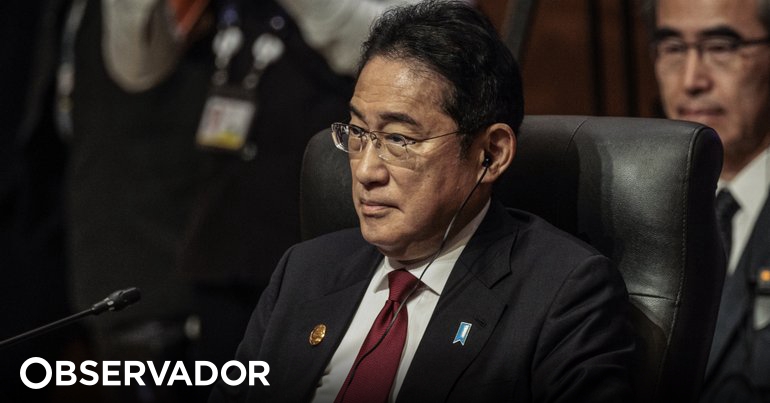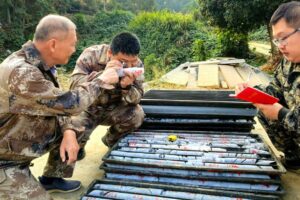
The Japanese Prime Minister said this Friday that the Chinese ban on imports of Japanese seafood, due to the release of radioactive treated water into the ocean, contrasts with the understanding shown by members of the international community.
The Fukushima Daiichi nuclear power plant, located on Japan’s northeast coast, began releasing treated and diluted radioactive wastewater into the Pacific Ocean in late August. The Japanese fishing community opposed this release and China has banned the import of all Japanese seafood.
Fukushima: Japan will release radioactive waters from nuclear power plant into the Pacific Ocean. What is at stake?
Japanese Prime Minister Fumio Kishida told journalists in Jakarta, the Indonesian capital, after a session attended by leaders of the Association of Southeast Asian Nations, as well as South Korea and China, that the release of treated water is conducted in accordance with international safety standards and with the help of the International Atomic Energy Agency.
The official also said that Japan has been gaining broad understanding from the international community and that, in contrast, China’s general ban on Japanese seafood “stands out”.
The first period of discharge of water into the sea from the damaged Fukushima nuclear power plant ends on Mondayas expected, announced this Friday the company responsible for operations (Tepco).
Samples were collected and analyzed daily to measure the radioactivity of the discharged water, and this level was systematically lower than the maximum limit set at 1,500 becquerels/liter, announced Tepco in a statement. This limit is 40 times lower than the Japanese standard for this type of discharge into the sea and is also almost seven times lower than the limit set by the World Health Organization for drinking water (10,000 Bq/L).
The water that Tepco started discharging into the Pacific Ocean on August 24 comes from rain, groundwater and the injections needed to cool the cores of the three reactors at the Fukushima Daiichi plant (northeastern Japan) that melted after the 2011 tsunami. For a long time, this water was stored in huge tanks on the site of the plant and treated to remove radioactive substances, with the exception of tritium, which is only dangerous in very high concentrated doses, according to experts.
That’s why the Tepco very extensively dilutes tritium water in seawater before discharging it into the ocean, so that its level of radioactivity does not exceed the limit of 1,500 Bq/L. The alarm of a leak detector in the filtered water pipes went off on Wednesday, but an immediate inspection “confirmed” that it was a false alarm, Tepco said in the statement.
In total, around 7,800 cubic meters of tritium-containing water will have been discharged during this first 17-day phase. At the end of August, Tepco stated that it was planning three more similar operations by the end of March 2024.
No total, Japan plans to discharge more than 1.3 million m3 of water from Fukushima into the Pacific Ocean – the equivalent of 540 Olympic swimming pools – but extremely gradually, until the early 2050s according to the current timetable.
Source: https://observador.pt/2023/09/08/japao-diz-que-posicao-chinesa-sobre-fukushima-contrasta-com-apoio-internacional/

